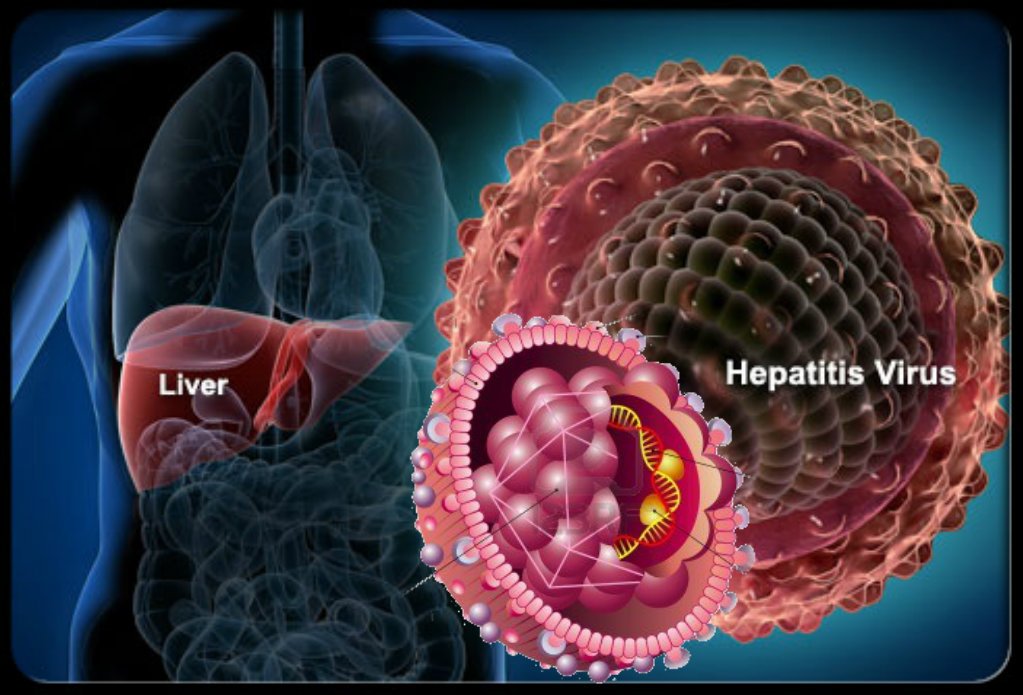Inside BENEO’s new pulse plant: pioneering sustainable protein from faba beans
Hepatitis represents the most common liver disorder characterized by an inflammatory condition resulting in degenerative changes in the organ. Liver dysfunction can therefore significantly impact many other organs and systems throughout the body.
The different letters — A, B, C, D and E — represent the five unique hepatitis viruses. The viruses differ in various ways, including the mode of transmission and availability of a vaccine. Despite some 20 million cases occurring worldwide each year, there is lower public awareness of hepatitis E compared to its more well-known cousins, hepatitis B and C.
According to the World Health Organisation (WHO), the risk of Hepatitis A and E is associated with lack of safe water, poor sanitation and hygiene. One can possibly get Hepatitis A by drinking or eating something that already has a virus in it. It is very common among young children. As there is a high incidence of water contamination during monsoons, there is an increase in the number of cases of Hepatitis A and E. Waterborne viral hepatitis is afflicting hundreds of thousands of Indians every year in a country that has the highest number of people in the world without access to safe water.
Dr C Khandelwal, a gastroenterological surgeon, said the number of Hepatitis A virus (HAV) and Hepatitis E virus (HEV) cases increases by 10 per cent during monsoon. “These numbers further increase post monsoon, when there is contaminated water everywhere. In rare cases, acute hepatitis can be severe and results in acute liver failure and pancreatitis. It can cause chronic liver disease as well, which can cause bleeding from the mouth”.
HEV is an enterically transmitted virus that occurs primarily in Asia, Africa, and Central America. The rates of HEV infection have usually been higher in pregnant women. On the same line, HAV is transmitted via the faecal-oral route, and has a global distribution.
HAV infection is a common infection responsible for about 1.4 million new infections worldwide each year. “Acute hepatitis A & E are more common in the developing countries where they are responsible for most of the cases of hepatitis. They can occur in epidemic and sporadic forms and certain areas like the Indian subcontinent are endemic for these diseases”, said Dr Qais Contractor, Gastroenterologist at Saifee Hospital, Mumbai.
WHO reports Hepatitis A is one of the most frequent causes of food-borne infections. In developing countries where the level of sanitation is low along with poor hygienic practices, the incidence of Hepatitis A is high and almost 90 per cent children have been affected by Hepatitis A virus before the age of 10 years.
Dr Gourdas Choudhuri, director and HOD, Gastroenterology & Hepatobiliary Sciences, Fortis Memorial Research Institute says that the therapy for hepatitis A and E is aimed at maintaining proper nutritional balance and including adequate amount of fluid as it is lost due to vomiting and diarrhea. The patient has to take adequate rest. In case of pregnant women, they have to take additional nutrients to ensure that the foetus is not affected. Alongside improved sanitation and food safety, vaccination is one of the ways to prevent hepatitis transmission, according to the WHO global strategy on viral hepatitis. Vaccine for prevention is available only for Hepatitis A and not for Hepatitis E.
These infections can be best avoided by maintaining good hygienic conditions, avoiding consumption of outside food, especially uncooked food. But more than that, there is a general requirement of collaborating various sectors to work together to supply safe water and conduct safe sewage disposal.

